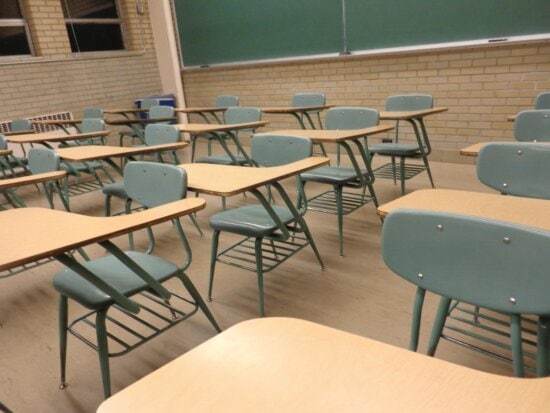How do schools remedy learning loss?
That’s the sixty-four-dollar question on the minds of educators not only in North Carolina but across the country.
A recent paper by the Office of Learning Recovery at the North Carolina Department of Public Instruction highlighted the depth and breadth of learning loss. Two sentences summarize their results:
On average, results show negative impacts for all student subgroups, grades, and subjects, except English II. Challenges were particularly acute in Math and Science.
Fortunately, a consensus is emerging in the education research community that the best way to remedy learning loss is via tutoring, especially high-quality tutoring.
Earlier this week Tennessee Education Commissioner, Penny Schwinn released test results which are sure to turn a few heads.
Key highlights: Tennessee students are on the rebound.
- The number of children meeting or exceeding English Language Arts standards rose from 29 percent in 2021 to 36.4 percent this year, with gains in every grade.
- 77 percent of Tennessee school districts posted scores that exceeded their pre-pandemic levels. Some districts had double-digit increases.
- Math scores, which were lower before the pandemic, also improved. In 2019, only 37 percent of all students passed state math tests. That number dropped to 25 percent in 2021, but increased to 30 percent in 2022.
How did Tennessee get such favorable results? A comprehensive plan was developed. It also took a lot of work and a lot of money.
Tennessee credits the results on its emphasis on high quality tutoring, training and emphasis on reading and reading skills. The state trained has trained 22,000 educators in phonics skills, the science of reading and screening student’s reading levels.
The goal of the Tennessee program is to provide 500 extra hours of instruction to needy students over three years. The cost of tutoring — usually $700 per student — was divided between the state and the local district.
Tennessee used $60 million in pandemic relief funds and an additional $40 million in federal grants to pay for some reading programs. All told, the state will spend about $200 million over three years to tutor about 150,000 kids.
Tennessee’s tutoring program requires a healthy investment, but offers good results. It’s a formula North Carolina and others should watch if they are serious about addressing learning loss.


